Community articles — University
Recent

In Email Analytics, our main focus on criminal and civil investigation from large email dataset. It is very difficult to deal with challenging task for investigator due to large size of email dataset. This paper offer an interactive email analytics various to current and manually intensive technique is used for search evidence from large email dataset. In investigation process, many emails are irrelevant to the investigation so it will force investigator to search carefully through email in order to find relevant emails manually. This process is very costly in terms of money and times. To help to investigation process. We combine Elasticsearch, Logstash and Kibana for data storing, data preprocessing, data visualization and data analytics and displaying results. In this process reduce the number of email which are irrelevant for investigation. It shows the relationship between them and also analyzing the email corpus based on topic relation using text mining.

This Project posits elementary analogies of existing Probabilistic and Machine Learning models that have been used to find solutions to the problem of the Structural Segmentation of Musical audio. I have tried to use the idea that the chord of a given beat or frame of a song is an analogous representation of the states generated by trained Hidden Markov Models in generating feature vectors for the aforementioned problem; and that the knowledge of the temporal boundaries within which, a group of frames lie, can be used as constraints in creating the feature vectors that are eventually clustered to identify the pattern in which the various segments of a song repeat.
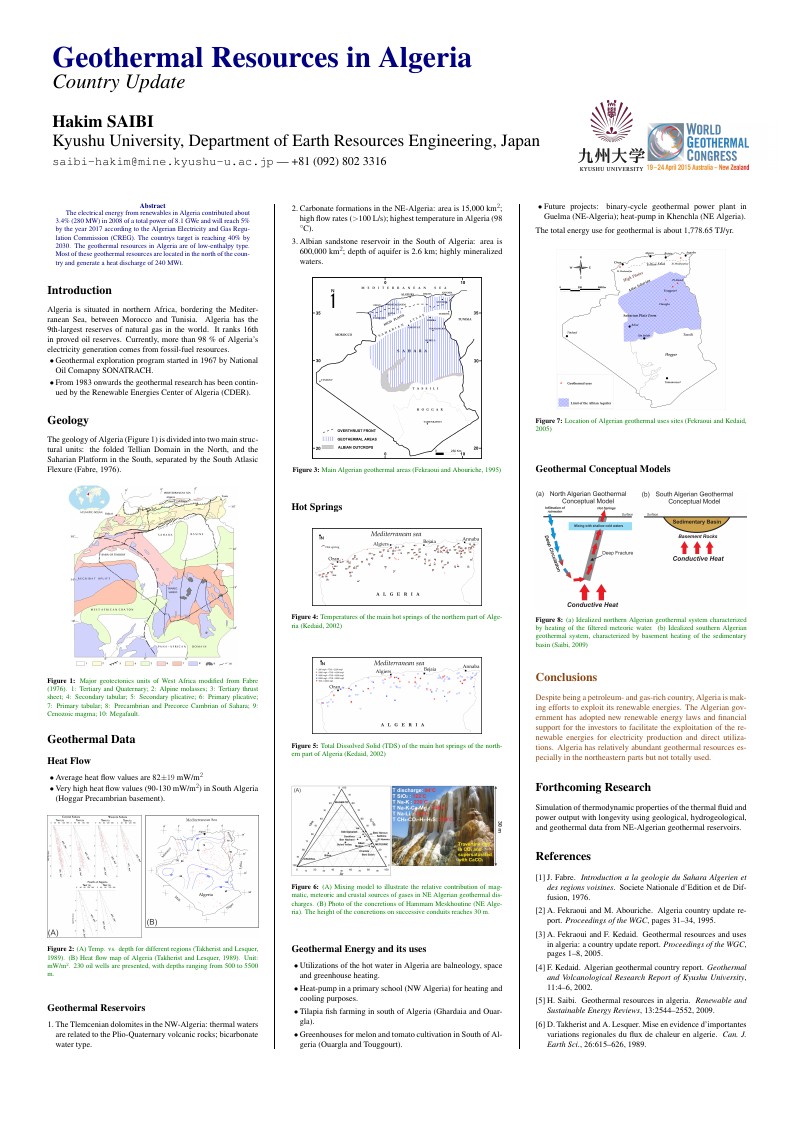
The electrical energy from renewables in Algeria contributed about 3.4\% (280 MW) in 2008 of a total power of 8.1 GWe and will reach 5\% by the year 2017 according to the Algerian Electricity and Gas Regulation Commission (CREG). The country’s target is reaching 40\% by 2030. The geothermal resources in Algeria are of low-enthalpy type. Most of these geothermal resources are located in the north of the country and generate a heat discharge of 240 MWt.
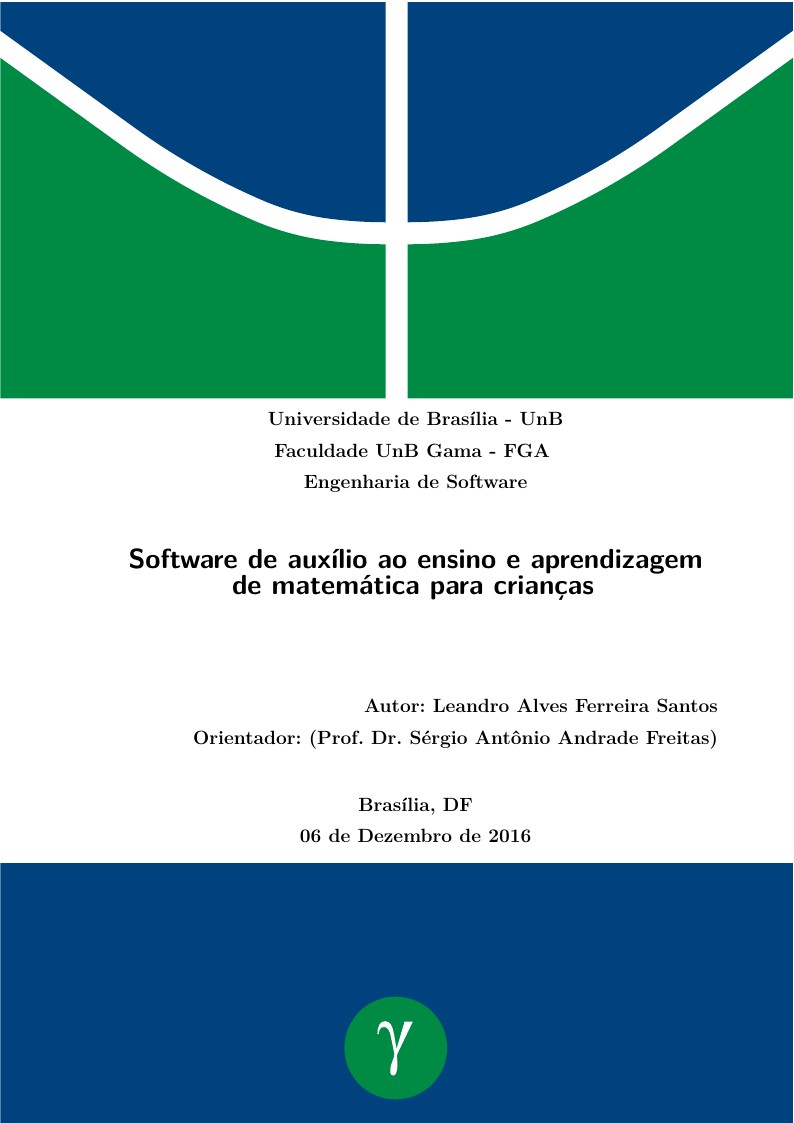
The usage of software has grown as computers become popular. There have emerged, both in academia and in the market, technological solutions for several areas, among them education. On the other hand, classroom teaching and learning continues to suffer from classical educational problems such as lack of student and teacher motivation and lack of clear educational goals. And although software supports learning across a range of disciplines and ages, children's audiences, especially in mathematics, have been little contemplated with the benefits that technological solutions can bring. Therefore, the use of pedagogical approaches, such as Bloom's Taxonomy and Formative Assessments, together with gamification techniques, such as Octalysis, can be used to develop a technological solution that contemplates this public. The present work aims to propose the development of a software to assist the teaching and learning of mathematics for children in the classroom.

Research about recommendation systems has increased due to the amount of information that it is available to individuals. In the music context these systems help the individual to filter and discover new songs according the individual's taste. Most of the business music companies use a recommendation system, based on the characteristics of a song listened by an individual, but a group recommendation system is still underexplored. For a shared environment when there is music, the songs selection will be more efficient if a group recommendation system is used. The goal of this project is to develop a music recommendation for a group that, is sharing the same environment, taking into consideration the context. For this reason, in this work we will employ the Spotify API to recover the data of playlists that were listened by an individual, collecting its preferences and adding them to the others individuals playlists.
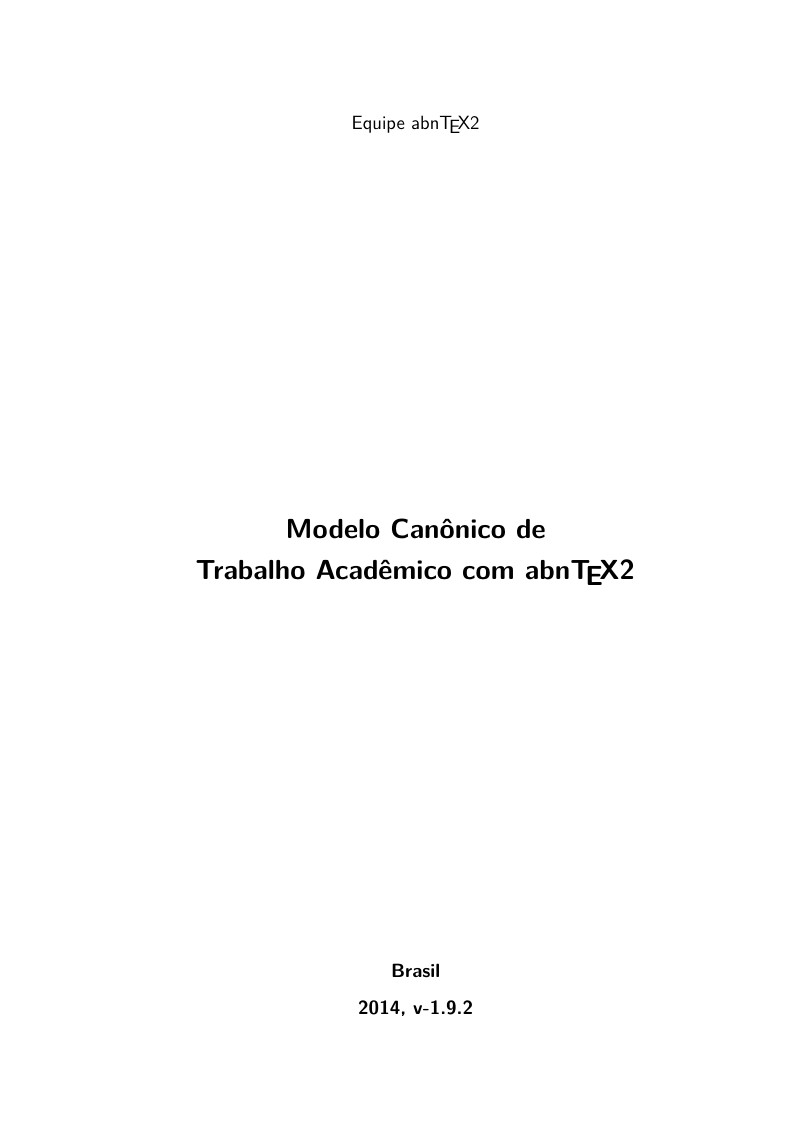
abtex2-modelo-trabalho-academico.tex, v-1.9.2 laurocesar Copyright 2012-2014 by abnTeX2 group at http://abntex2.googlecode.com/ This work may be distributed and/or modified under the conditions of the LaTeX Project Public License, either version 1.3 of this license or (at your option) any later version. The latest version of this license is in http://www.latex-project.org/lppl.txt and version 1.3 or later is part of all distributions of LaTeX version 2005/12/01 or later. This work has the LPPL maintenance status `maintained'. The Current Maintainer of this work is the abnTeX2 team, led by Lauro César Araujo. Further information are available on http://abntex2.googlecode.com/ This work consists of the files abntex2-modelo-trabalho-academico.tex, abntex2-modelo-include-comandos and abntex2-modelo-references.bib
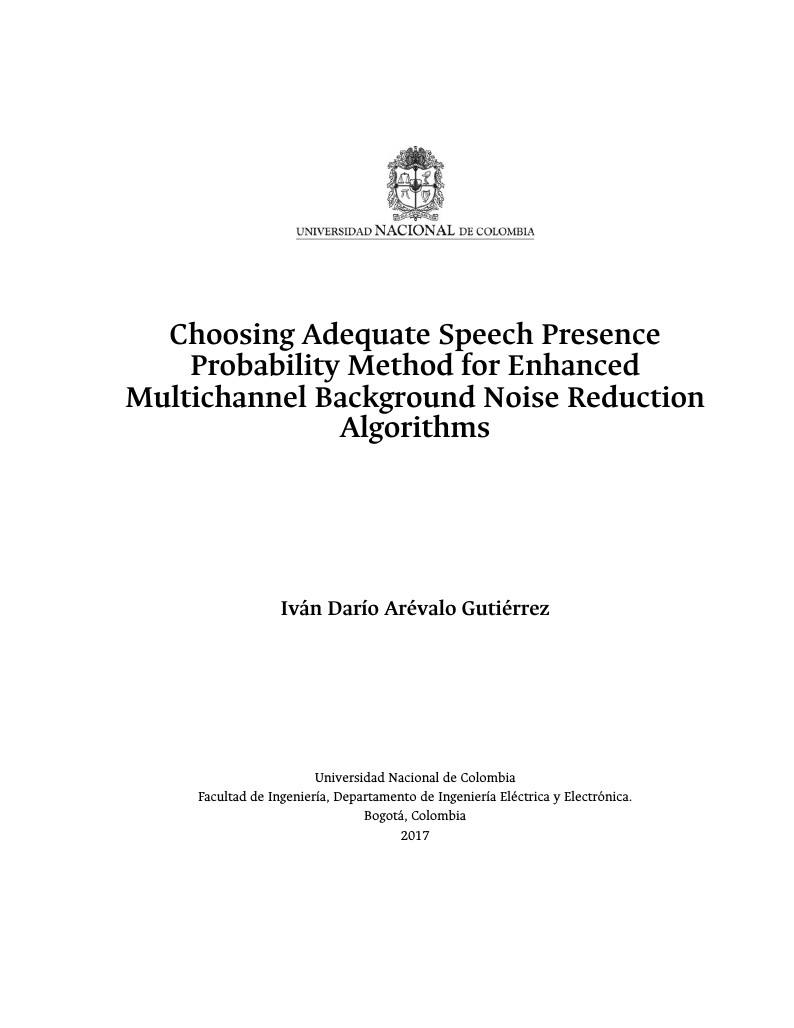
There are several voice communication systems that are used nowadays which are capable of maintain voice calls between two users in real time. Telephones are widely used all around the world in an unlimited kind of situations. All of these situations expose the microphone (or microphones) of the phones to different and unpredictable noises, as street noise, sea noise, rain noise, wind noise, unwanted voices, car motors, etc. As microphones capture all the sounds around it, including the wanted voice and the unwanted noises, it is necessary to implement digital real time filters capable of attenuate as much as possible all the surrounding noises. It exists a large quantity of noise reduction methods that have been used in the calling algorithms of phones. Even if these methods have had, in general, a good performance, there is still a research being done in this area in order to improve the current results. Because of this, the multichannel methods were created (using multiple microphones) as well as new algorithms that pretend to have a better noise reduction than the single channel methods. Most of these methods require a speech presence probability (SPP) method to achieve the noise reduction. The following document presents a research about different SPP methods as well as a comparison between these. This includes an explanation on how theses algorithm work, a Matlab implementation using real voice and noise recordings and objective tests of the filter.
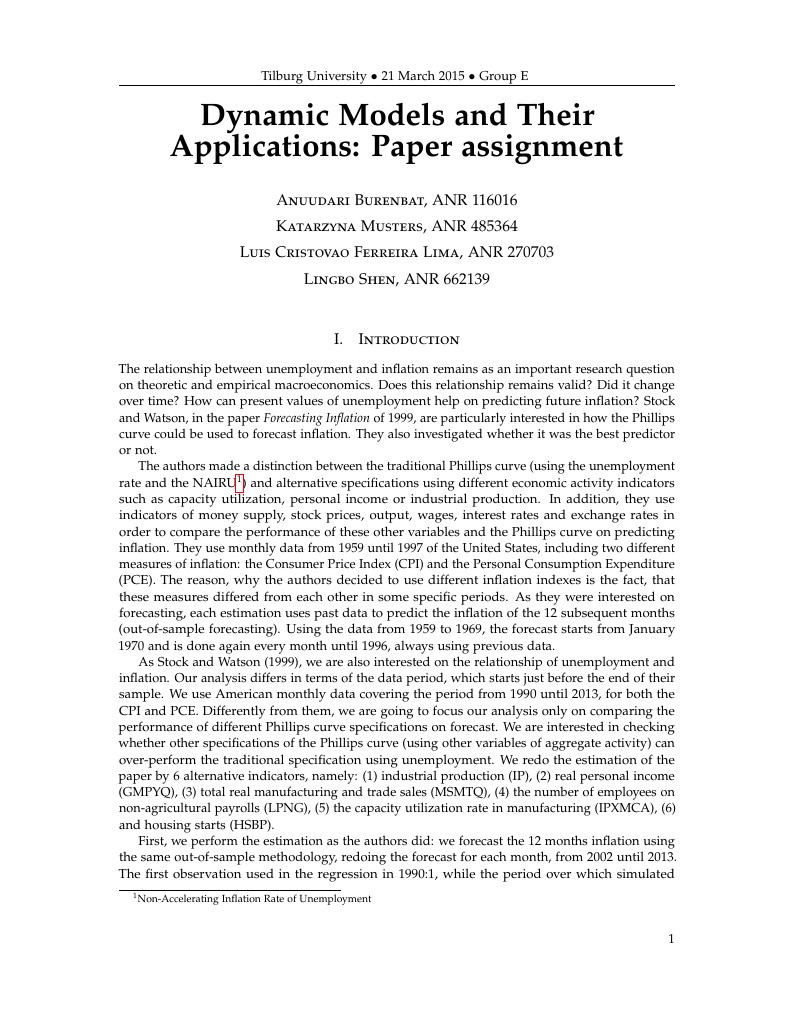
Paper assignment. Template details: This template has been downloaded from: http://www.LaTeXTemplates.com Original author: Frits Wenneker (http://www.howtotex.com) License: CC BY-NC-SA 3.0 (http://creativecommons.org/licenses/by-nc-sa/3.0/)

Ejemplo de una tesis de la Escuela Politécnica Nacional
\begin
Discover why over 20 million people worldwide trust Overleaf with their work.